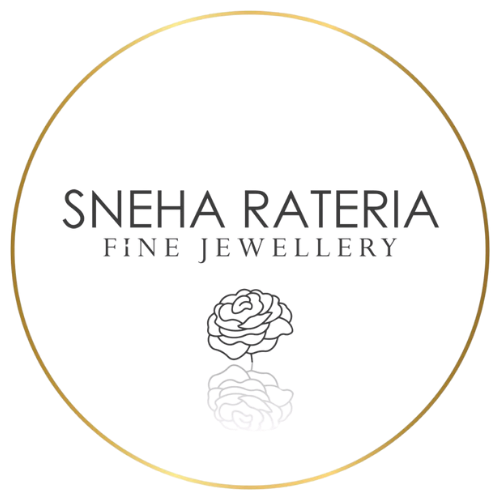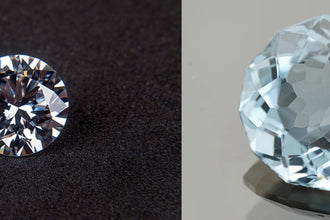
Kundan Jewelry, Polki and Meenakari jewelry, as fascinating and beautiful they are, is also a genre of art that is mostly underrated and misunderstood. The Indian jewellery market has noticed an accelerated shift in buying behavior of women in the recent years. There has been a huge change in the taste of the modern women. They opt for lightweight, contemporary and exquisite designs with impeccable finish, and avoid conventional, chunky and heavy pieces. Irrespective, Kundan and Polki jewellery has jubilantly survived this change and still remains an important part of every bride’s trousseau and of our heritage that is passed down to generations. It journeys through a long history of cultural legacy and its’ detailing art and painstaking production technique continues to appeal to modern women. But till date many of us have limited knowledge of these exquisite pieces and are often mislead by smooth talking salesman and confusing terminology.
4 enlightening facts about Kundan Meenakari jewelry which nobody told us:
Kundan Means Pure Gold And NOT A Stone.
Kundan as a word itself is wrongfully used to specify a stone; Kundan jewelry is nothing but gold jewelry in layman’s terms, and not any type of precious or semiprecious stone. Kundan is the most purified form of gold. On the other hand, Kundan jewelry making is a very sophisticated method of encrusting any stone, without employing heat and with only use of pressure, preferably with a hammer.
Meenakari Can Be Exclusively Done Without Involving Any Stonework.
Meenakari involves a variety of techniques of ornately decorating the jewelry piece with colors and patterns using enamel colors. Similar to Kundan technique, Meenakari can be implemented on the face of the piece, with the back left plain or decorated with a stamp. Meenakari can be combined with Kundan setting with the front of the jewelry, which exposes the entire front surface of the stone/stones, and back is embellished with enamel. Meenakari can be done on gold, silver, copper or bronze using the firing process of fusing glass into the metal.
What Really Is Polki?
Polki is rose cut stones (made of diamonds most commonly) – any uncut stones without tables. Unlike cut diamonds, Polkiis not calibrated, which means it is not polished or shaped to ascertain a specific size or shape. Many of us assume that Polki is always real, however it can be made of diamonds, glass or crystals. It is always safer to ask the salesperson what the Polki in his jewelry is made of, before making a purchase decision.
What Is Jadau?
Jadua is the final stage of stone setting used in Kundan Meenakari jewellery. Stone setters, typically known as “jadias” set the stone in the Kundan gold “ghat” or the mold, and the process of doing so is called Jadau. The base of Polki and other gemstones are first wrapped with silver (or gold) foils to enhance their shine and radiance, and then set on top of softened laakh (wax), which holds the stone in place.
Conclusively, Kundan, Polki and Meenakari jewelry is not just as simple as real or artificial stones with paintwork. It is in fact an melange of complicated methods of converting gemstones and metal into a work of pure art. When selling such pieces, most salesmen are either unaware of the method used or try to hide information with intentions of making more money. Be careful and ask for full disclosure; authentic jewelry salesmen will have no problem in giving you full details if they are selling you the real stuff.
If you have more questions regarding Kundan Meenakari Jewelry, please email me at sneha.rateria@gmail.com
*Most of the information provided in this article has been referred from the book “When Jewellery Speaks” and images are taken from the Internet only for informative purposes.








Rachana motani /
9892160618
Benu Nanda /
I be would like to get the earrings shown in turquoise and green and pink made please send me details